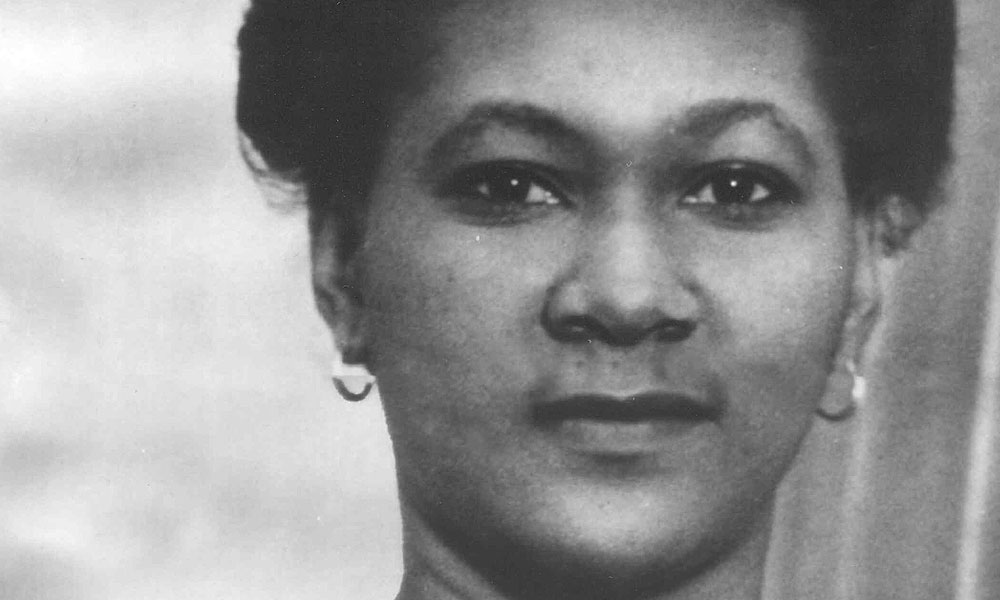
Charles Ashton Halbert born in Bath Village, Nevis on the 25th April 1880. His mother worked as a nurse for the Parmenter family. At the end of his schooling young Charles earned his Seven Standard Certificate and became a pupil teacher.
In 1896, at the age of sixteen he found employment as a store boy at the Charlestown branch of the S.L. Horsford. In 1900 when the business of the branch was acquired by R.B. Parmenter, young Halbert was sent to work at the Dieppe Bay branch as a clerical assistant. At that time Dieppe Bay was one of the shipping ports on St. Kitts. A year later, Halbert was promoted to the position of clerk-in-charge. In 1904, he decided to try his fortune in the Dominican Republic, returning to Nevis in 1911 and again worked for shipping agents first in Nevis then in St. Kitts.
With the money he had been able to save in Santo Domingo he set up his own business selling cards and stationery. His wife managed the shop while he worked. In 1915, when he moved to St. Kitts, Halbert moved his business too. He established the Halbert Bookshop and Circulating Library at a premises on the south west corner of Fort and Central Street. During the 1920s the bookshop became a source of trade union and socialist literature for which the demand was growing on the island. He stocked material from the Thinker’s Library and the Fabian Society in England, works on Black History and publications by Black authors and poets. His shop was the only public place in which hung portraits of Marcus Garvey and Haile Selassie. In the 1930s he bought a property on Main Street, Charlestown where he established a similar enterprise in Nevis. The sale of war pictures and reading material about the war in Europe attracted large numbers of visitors to his shops. Part of the profit from the sale of such items was contributed to the local unit of the “War Effort”.
Well-read and knowledgeable on many topics, Halbert was not satisfied with the mere sale of books. His interest lay in spreading the knowledge contained in them. He encouraged people to visit his bookshop read, study and discuss the issues of the day. Among the persons in whom he recognised great potential was Robert L. Bradshaw. He became Bradshaw’s mentor and provided him with literature whenever possible. From time to time Halbert would take a newly arrived book, remove the outer jacket, cover it in brown paper then send it to Bradshaw with a message that he should read it and return it by the following day as the book had to be made available for sale. He knew that the young leader did not always have the money to buy books, and yet he felt that he had to ensure that Bradshaw had an understanding of his history and people and a sense of pride in his identity as a black man. At a time when the Public Libraries would only issue books to adults, Halbert made sure that promising youngsters had a chance to experience the thrill of discovery through reading and at times even allowed them to take books home.
The People’s Reading Room opened in Charlestown in 1943. On opening day there were two large tables covered with a variety of literary matter, periodicals, newspapers, pamphlets and tracts and a shelf unit containing encyclopedias as well as books on social, industrial, economic and religious questions. Charles Halbert had provided an opportunity for “social improvement for the community” in the hope that people of all classes would, in their spare time, take advantage of the facility.
In the field of education, Halbert encouraged achievement by donating reading material, school prizes and by promoting scholarships. To the best boy in Standards three and seven at the Charlestown Boys School, Halbert donated a prize of 10 shillings. One of the recipients, remembers that the money was used to purchase a pig, two sheep and a goat. Pupil teachers were then paid 5 shillings a month. Similar prizes were offered to the Charlestown Girls School.
Meanwhile the need for far-reaching reform lead, in 1932, to the founding of the Workers’ League in which Halbert took an active part. He was also very much involved in organizing the St. Kitts-Nevis Trades and Labour Union in 1940. He was prominent in recruiting waterfront workers who often knew him personally through his close association with them as a clerk for the shipping agents at the Government Warehouse in Basseterre. This was a post he held until 1940 when his services were terminated under pressure from the shipping agents because of his activities in support of the factory workers’ strike of the same year. During the strike, Halbert had been instrumental in opening a food distribution centre in Irish Town to assist the workmen and their families in the crisis. In later years, because of his devoted service to the Labour Movement, Halbert was recognised as the “Father of Labour”.
Halbert’s hard work and careful use of money allowed him to acquire property and live comfortably in his own house and send his son to Grammar School. His social standing and civic commitment brought with them service on a number of committees, including the Warner Park Committee where he was secretary.
In later years he contributed articles to The Labour Spokesman designed to educate readers in the history of the Labour Movement locally and internationally and to raise awareness in the responsibilities of enfranchisement and governance. Charles Halbert died on the 31st January 1971. He was survived by his wife Helena and his son Cyril.




